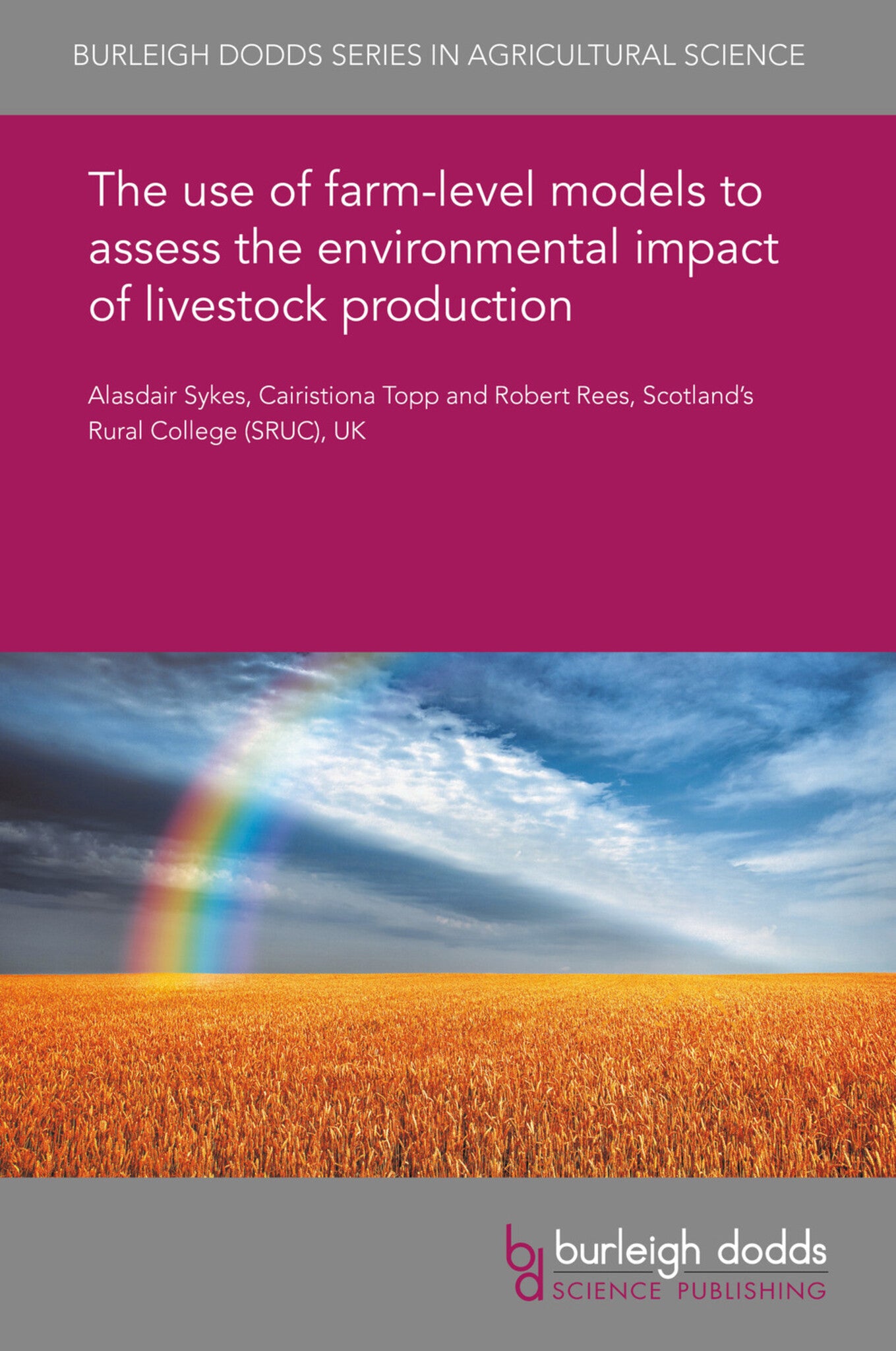We're sorry. An error has occurred
Please cancel or retry.
The use of farm-level models to assess the environmental impact of livestock production
Regular price
£25.00
Sale price
£25.00
Regular price
£25.00
Unit price
/
per
Sale
Sold out
Re-stocking soon
In light of a changing climate, the international community is committed to taking action to reduce overall levels of greenhouse gas emissions. Agriculture will play an important role here given th...
Read More

Some error occured while loading the Quick View. Please close the Quick View and try reloading the page.
Couldn't load pickup availability
- Format:
-
26 August 2019

In light of a changing climate, the international community is committed to taking action to reduce overall levels of greenhouse gas emissions. Agriculture will play an important role here given that agriculture and land use are responsible globally for around 24% of such greenhouse gas emissions. This chapter looks at the use of farm-level models to assess and mitigate the environmental impact of agriculture, with a focus on greenhouse gas emissions and livestock production. Sections are first included on the rationale for environmental modelling in agriculture and methodologies for accounting for agricultural emissions. The authors then describe a range of tools and critically assess their use for farm-level benchmarking and mitigation assessment. The chapter also discusses the technical aspects of modelling farm-level emissions and environmental impacts within the defined framework, in order to provide a synthesis of the current state of the art and a basis for the consideration of specific development objectives.

Price: £25.00
Publisher: Burleigh Dodds Science Publishing
Imprint: Burleigh Dodds Science Publishing
Series: Burleigh Dodds Series in Agricultural Science
Publication Date:
26 August 2019
ISBN: 9781838798710
Format: eBook
BISACs:
TECHNOLOGY & ENGINEERING / Agriculture / Sustainable Agriculture, Agronomy and crop production, TECHNOLOGY & ENGINEERING / Agriculture / Agronomy / Crop Science, Sustainable agriculture

1 The role of modelling in agricultural greenhouse gas mitigation 2 Methodologies for accounting for agricultural emissions 3 Farm-level greenhouse gas tools 4 Developing farm-level modelling approaches 5 Conclusion 6 Acknowledgements 7 Where to look for further information 8 References



